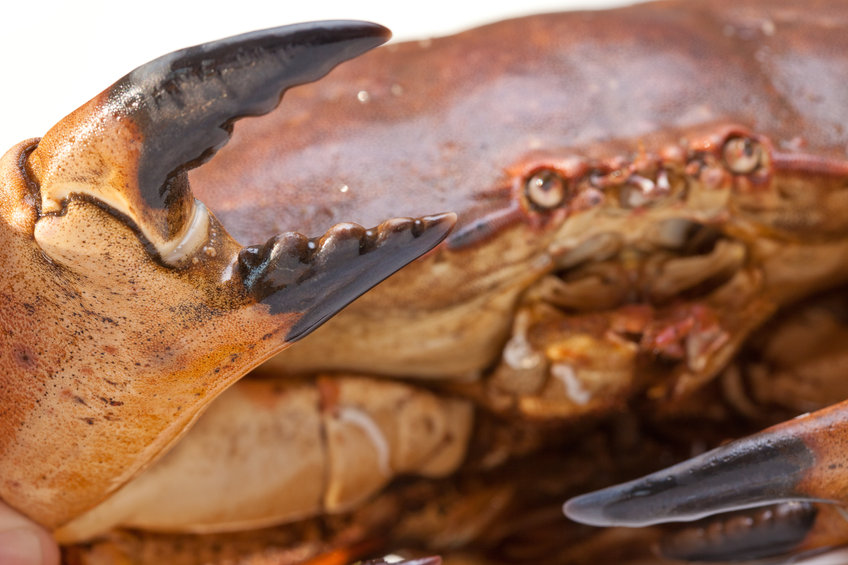For many, living near powerlines and wind turbines is less than appealing. But if you happen to be a brown crab living off the coast of the UK, you may have a different opinion.
It seems the little critters love being around the underwater power cables of wind turbines, somehow attracted to the electromagnetic pull they emit.
The problem is this isn’t exactly good for them, nor for the UK economy. Brown crabs are the UK’s second most valuable crustacean catch and the most valuable inshore catch.
According to a new study, the power cables of wind turbines are not just changing the behavior of the crabs, but also their molecular biology.
As reported in a publication of Heriot Watt University:
“Dr Alastair Lyndon, from Heriot-Watt University, said: ‘Underwater cables emit an electromagnetic field. When it’s at a strength of 500 microTeslas and above, which is about five percent of the strength of a fridge door magnet, the crabs seem to be attracted to it and just sit still. That’s not a problem in itself. But if they’re not moving they’re not foraging for food or seeking a mate.’
The change in activity levels also leads to changes in sugar metabolism – they store more sugar and produce less lactate, just like humans.
The scientists observed around 60 crabs at the St Abbs Marine Station in the Scottish Borders. They used the marine station’s purpose-built aquarium laboratory for the experiment.
Dr Kevin Scott at St Abbs Marine Station said: ‘The aquarium lab is composed entirely of non-metallic materials, which means there is minimal electromagnetic interference.
We found that exposure to higher levels of electromagnetic field strength changed the number of blood cells in the crabs’ bodies. This could have a range of consequences, like making them more susceptible to bacterial infection.”
To read the entire article at the Heriot Watt website, click here.
